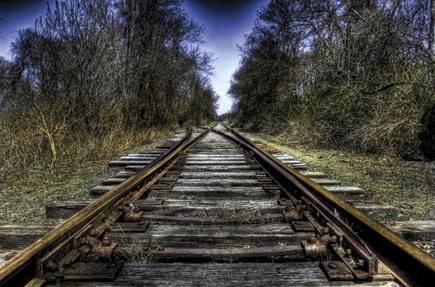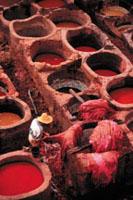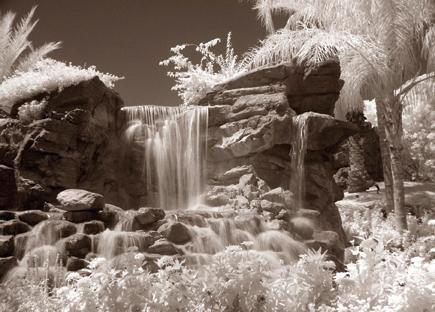Pro Techniques
Sort By: Post DateTitle Publish Date
|
Feb 11, 2014 |
First Published: Jan 01, 2014
|
Oct 28, 2022
|
Jun 01, 2009
|
May 23, 2014 |
First Published: Apr 01, 2014
|
Jun 03, 2014 |
First Published: Apr 01, 2014
|
Mar 01, 2011
|
May 20, 2014 |
First Published: Apr 01, 2014
|
Mar 01, 2011
|
Mar 01, 2008
|
Apr 01, 1999
















